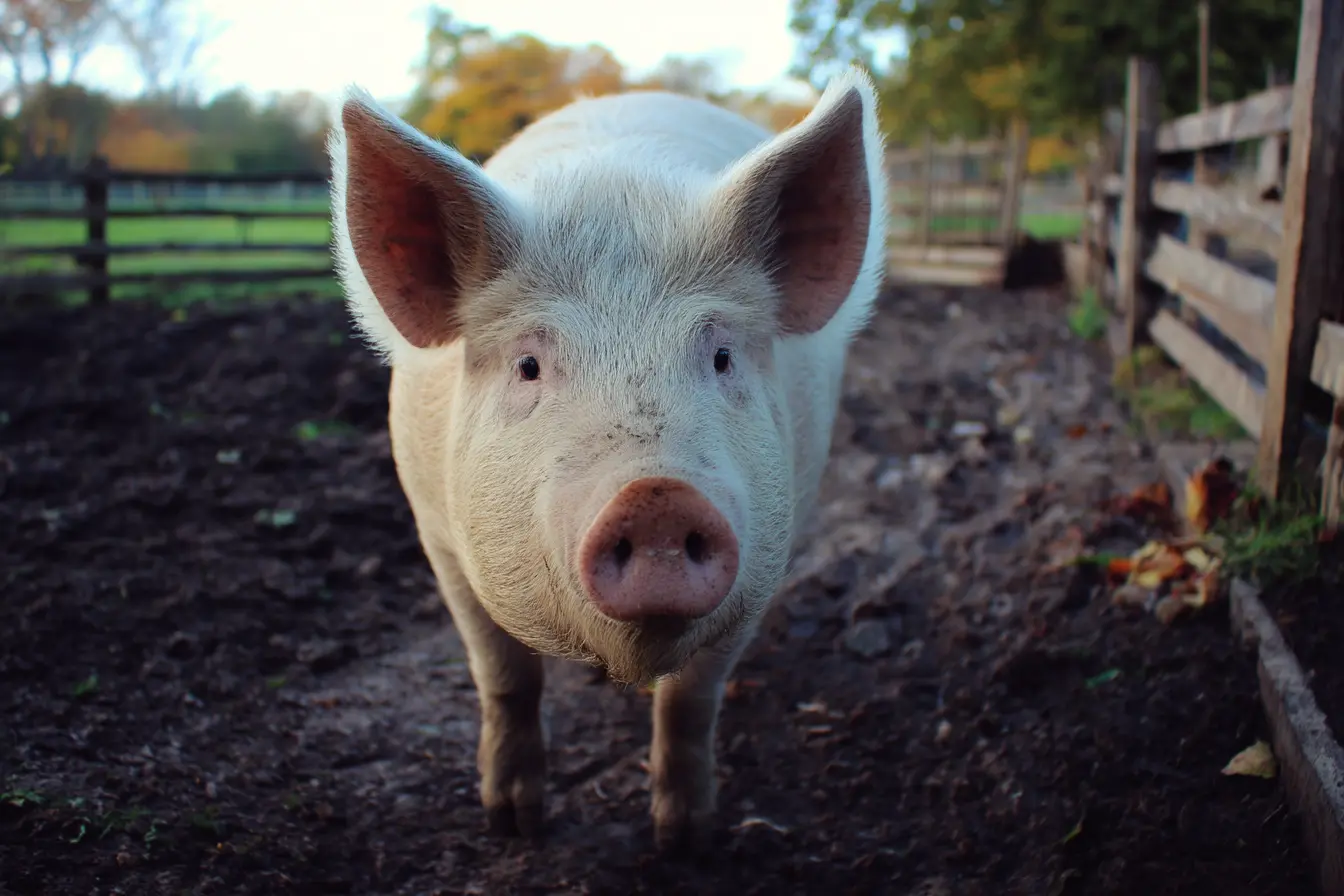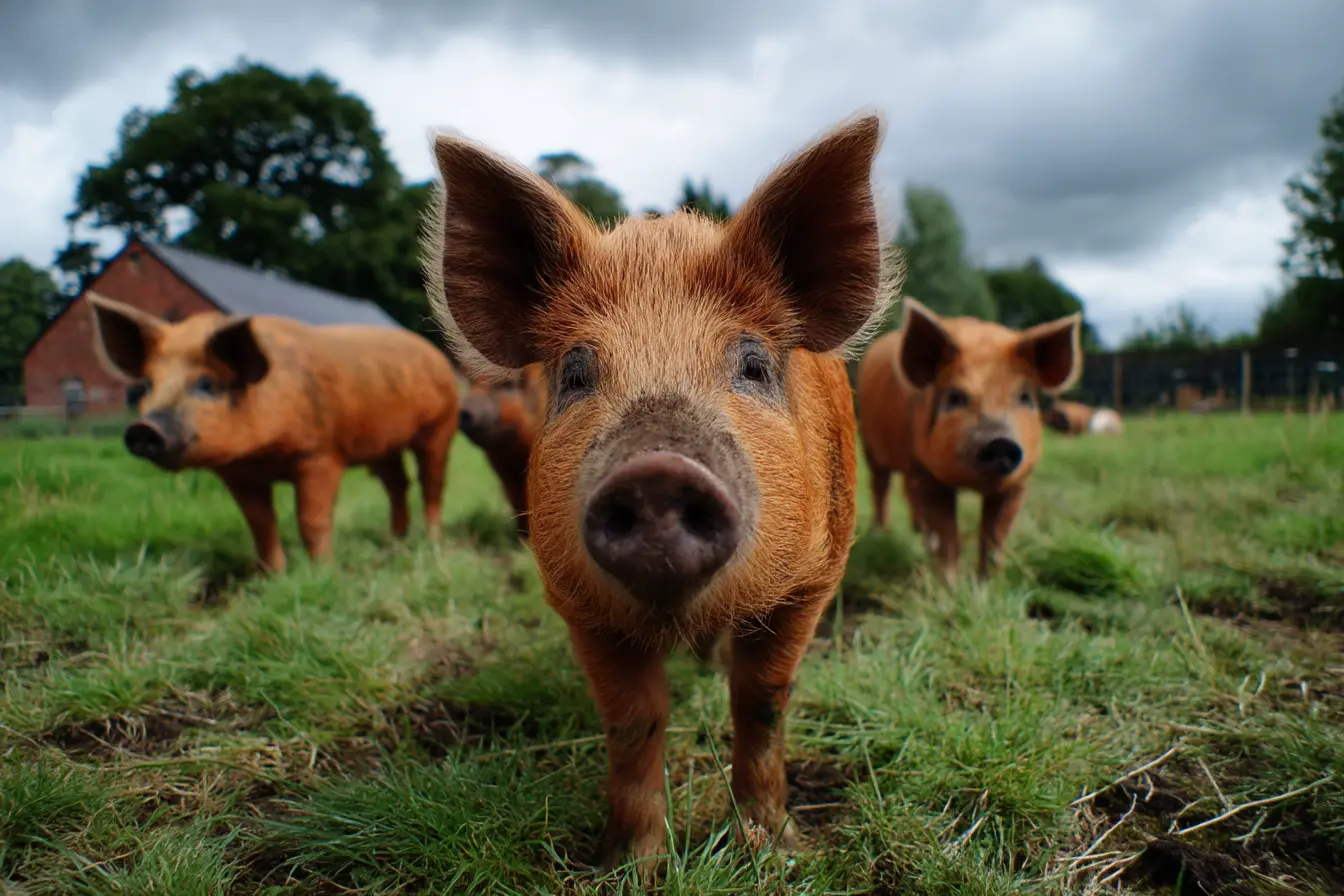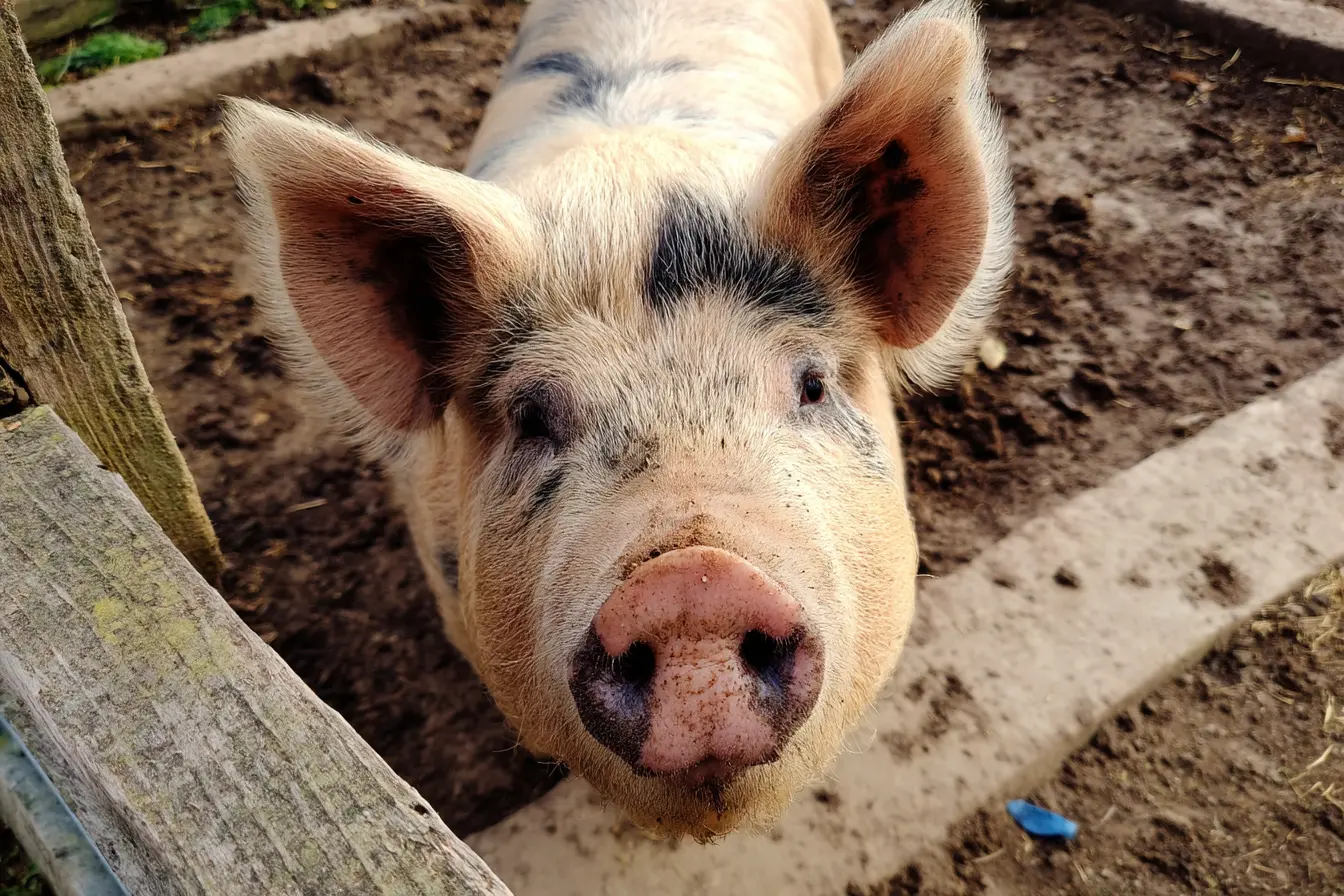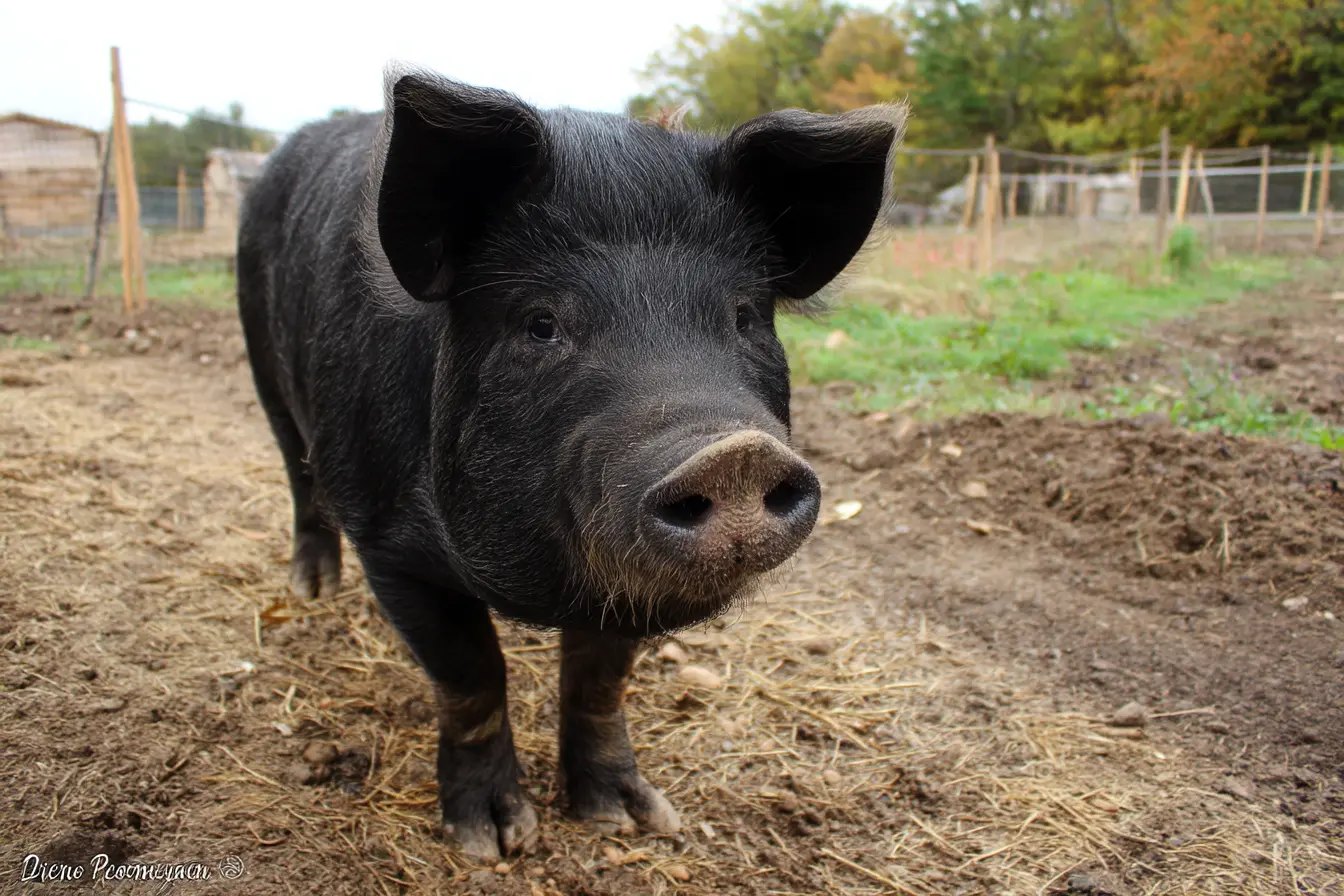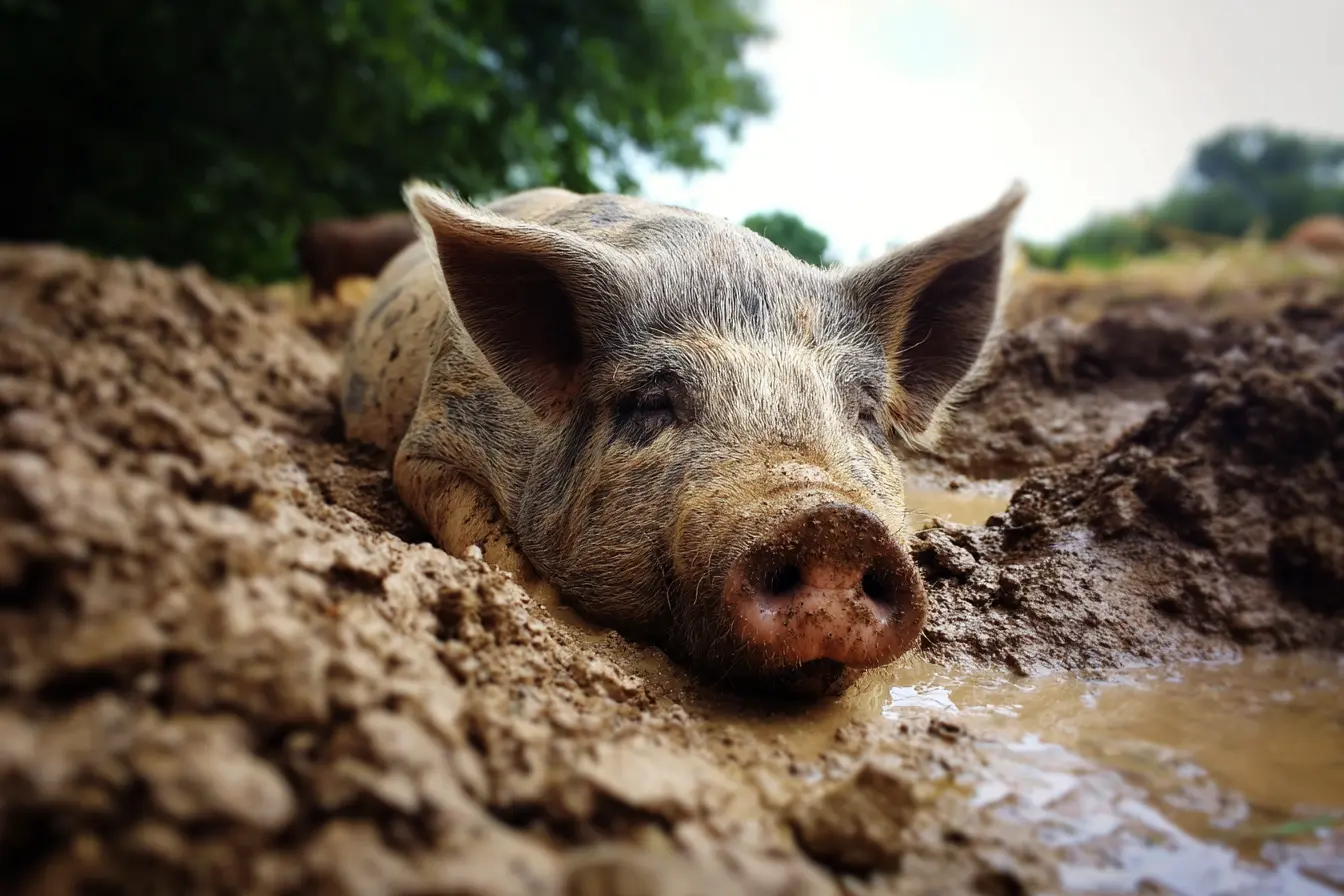
Pigs and Sunburn: Essential Information for Owners
When we think about sunburn, pigs might not immediately come to mind. However, pigs, particularly those with lighter skin, are highly susceptible to the damaging effects of the sun's ultraviolet (UV) rays. Sunburn can cause significant discomfort and lead to serious health complications if left unchecked. This detailed guide covers everything owners need to know about pigs and sunburn, including prevention, identification, treatment, and long-term care.
Can Pigs Really Get Sunburned?
Yes, pigs can absolutely get sunburned. In fact, they are among the most vulnerable farm animals to sun damage due to their often sparse hair covering and, in many breeds, naturally pale or pink skin. Unlike other animals, pigs lack the dense fur or feathers that provide natural protection against UV radiation.
Which Pigs Are Most at Risk?
Certain pigs are more prone to sunburn than others, including:
- Pink-skinned pigs: Breeds like Landrace, Large White, and other commercial pigs are especially vulnerable.
- Hairless breeds: Some pigs naturally have very little hair, offering little barrier to the sun.
- Young piglets: Their skin is even thinner and more delicate than adults.
- Pigs recovering from skin conditions: Such as mange or abrasions, where the skin is exposed.
Even darker-skinned pigs can suffer from sun damage, particularly if they have areas of lighter or scarred skin.
Common Areas Affected by Sunburn
The most common areas where pigs get sunburned include:
- Ears (especially the tips)
- Back and shoulders
- Sides
- Belly (if they lie in the sun)
Pigs often enjoy basking or lying down in open spaces, making their back and sides particularly vulnerable to direct sunlight.
Signs of Sunburn in Pigs
Symptoms of sunburn in pigs can range from mild to severe:
- Red, inflamed skin
- Dry, cracked, or peeling skin
- Blistering in serious cases
- Pain or discomfort when touched
- Reduced appetite or lethargy
- Reluctance to move or lie down
Severe sunburn can also predispose pigs to secondary infections or systemic illness if left untreated.
How to Protect Pigs from Sunburn
Provide Adequate Shade
Ensuring that pigs have access to shade throughout the day is the most effective way to prevent sunburn:
- Natural shade from trees is ideal.
- Constructed shelters such as open-sided huts, sheds, or shade cloth structures can also be highly effective.
- Ensure that shade is available in all weather, as pigs may seek it even on cooler sunny days.
Allow Access to Mud Wallows
Mud wallows serve several essential purposes:
- Sunblock: Mud acts as a natural sunscreen, covering the pig's skin and protecting it from UV rays.
- Cooling: Mud also helps regulate body temperature on hot days.
- Skin Health: Wallowing can soothe minor skin irritations and prevent dryness.
Providing a shallow, muddy area is one of the best natural defences against sunburn for pigs.
Apply Pig-Safe Sunscreen
In certain circumstances, particularly for pigs that cannot access mud or shelter easily, applying sunscreen may be necessary:
- Use a non-toxic, animal-safe sunscreen approved by your vet.
- Apply it liberally to vulnerable areas such as the ears, nose, and back.
- Reapply as necessary, particularly if the pig has been active, rolling, or washed off the sunscreen.
Important: Never use human sunscreen without veterinary approval, as some ingredients can be toxic if ingested.
Adjust Outdoor Access
If possible, limit your pigs’ exposure to direct sun during peak UV hours (10am–4pm):
- Encourage outdoor time early in the morning or later in the evening.
- Offer activities and food in shaded areas to discourage lying in direct sunlight.
Treating Sunburn in Pigs
If a pig does get sunburned, prompt action is important:
- Move the pig to a shaded or indoor area immediately.
- Cool the skin gently with cool (not cold) water to soothe inflammation.
- Avoid applying human creams or treatments without veterinary advice.
- Monitor carefully for signs of infection such as swelling, pus, or increased pain.
- Seek veterinary advice for serious burns, blistering, or if the pig appears unwell.
Early treatment reduces the risk of complications and promotes faster healing.
Long-Term Risks of Sun Exposure
Unchecked sun exposure can cause more than just sunburn:
- Skin cancers: Chronic UV exposure increases the risk of skin tumours.
- Secondary infections: Damaged skin is more prone to bacterial infection.
- Heatstroke: Overheating and sunburn often go hand in hand, particularly in pigs who already struggle with temperature regulation.
Preventative care is critical to maintaining healthy, happy pigs.
Special Considerations for Pet Pigs
If you keep pigs as pets (such as miniature or micro pigs):
- Be especially vigilant about sun safety, as pet pigs often have access to gardens and patios without natural mud or shelter.
- Use pig-safe sunscreen where appropriate and consider providing lightweight UV-protective coats during hot spells.
Remember, pigs can become sunburned even on overcast days, as UV rays penetrate clouds.
Final Thoughts
Pigs are hardy, intelligent animals, but their skin needs careful protection against the sun. With proper shade, access to mud, careful management of outdoor time, and appropriate use of animal-safe products, you can ensure your pigs enjoy the summer safely. Being proactive about sun protection not only prevents painful burns but also contributes to the overall health and wellbeing of your pigs.
Vets near you
Speciality vets
- Aquatics vet specialists
- Birds vet specialists
- Camelids vet specialists
- Cats vet specialists
- Cattle vet specialists
- Deer vet specialists
- Dogs vet specialists
- Equines vet specialists
- Exotic vet specialists
- Goats vet specialists
- Pigs vet specialists
- Poultry vet specialists
- Sheep vet specialists
- Small Mammals vet specialists
- Wild vet specialists
